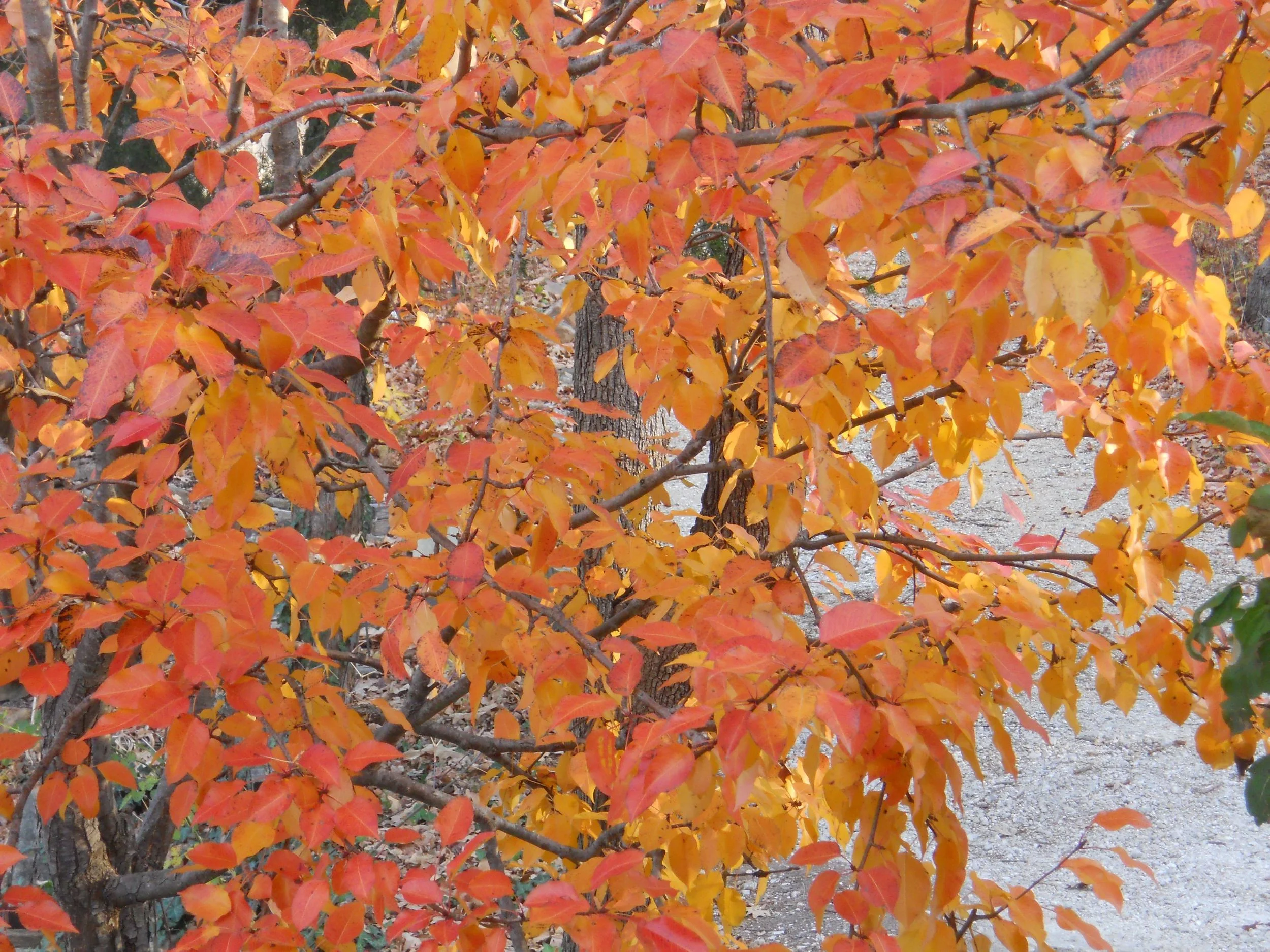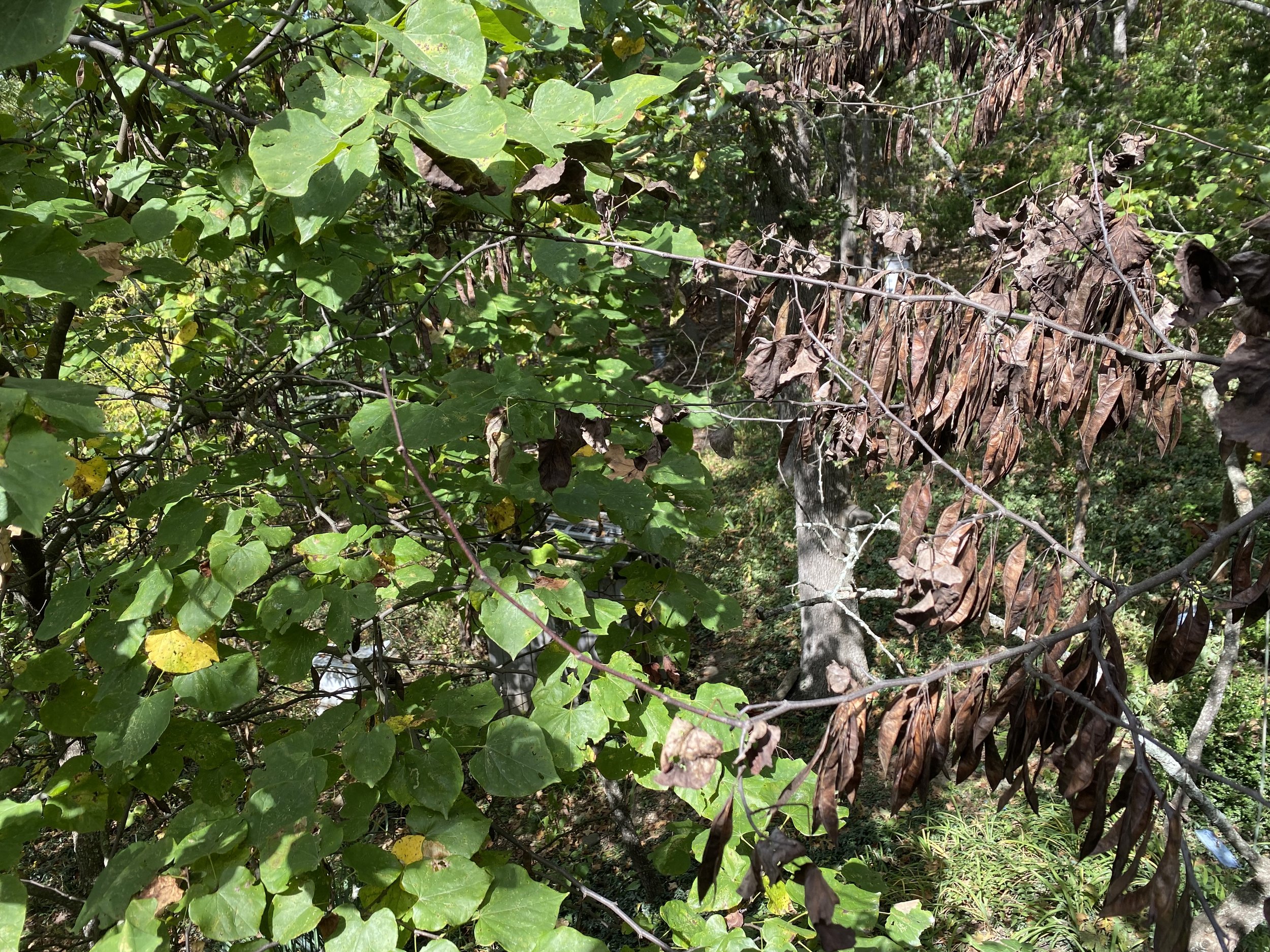Sprouting Redbud Seeds
/native eastern redbud trees produce seeds in pods that dry through summer. (charlotte ekker wiggins photo)
Sprouting Redbud Seeds
It's almost time for cold weather and planting. Yes, I said planting. Many native tree and flower species need exposure to cold weather first to get them to germinate. Several readers have asked about how to get Eastern Redbud (Cercis canadensis) tree seeds to germinate and that is one of a number of favorite plant species that need that exposure to cold to get spring sprouts.
If you look at Eastern redbud seeds close up, they have a hard, impermeable seed coat that contains the dormant seed embryos. Other plants aslo have hard similar seeds such as nasturtiums, morning glories, hyacinth benas. To give these seeds an extra hand, I soak those hard seeds in a bowl of water for a day or so to soften the outer seed coat. you can also gently rub the seeds with sandpaper, assuming you can hold on to those tiny ones. The idea is to mimic outside elements wearing down the seed coats.
There are two ways you can then expose seeds to cold.
Cold Stratification
Moisture and Cold Treatment:
After scarification, place the seeds in a moist medium like sand, peat moss, or a damp paper towel. The medium should be moist but not soggy.
Place the seeds and medium in a sealed plastic bag or container and store it in the refrigerator at 33°F to 41°F (1°C to 5°C) for 30 to 90 days. This cold period replicates winter and helps break dormancy.
Temperature Fluctuation (Optional): In nature, seeds also experience slight fluctuations in temperature. If you want to closely mimic this, you can occasionally remove the seeds from the refrigerator for a day and then return them.
Planting: After the cold stratification period, the seeds are ready for planting. Sow them about 1/4 inch deep in well-draining soil, and keep the soil consistently moist. Warmer spring temperatures (around 68°F to 75°F) will encourage germination.
Natural Stratification
Frankly I prefer to let nature do the work. I sow the seeds directly outdoors in the fall. If I want to ensure that the seeds have made it, I will sow the seeds in soil-filled milk jugs I seal up and leave in a protected garden corner. That has worked well for starting purple coneflowers, black eyed susans and New England asters.
As far as Eastern redbuds are concerned, my garden does quite well getting seedlings started on its own. When I want to share some seedlings in the spring, all I have to do is walk around and dig up the sprouts that show up after winter. Doesn't get much easier!
For more tips on gardening, beekeeping, cooking and easy home decor, subscribe to my weekly Garden Notes.
Charlotte












